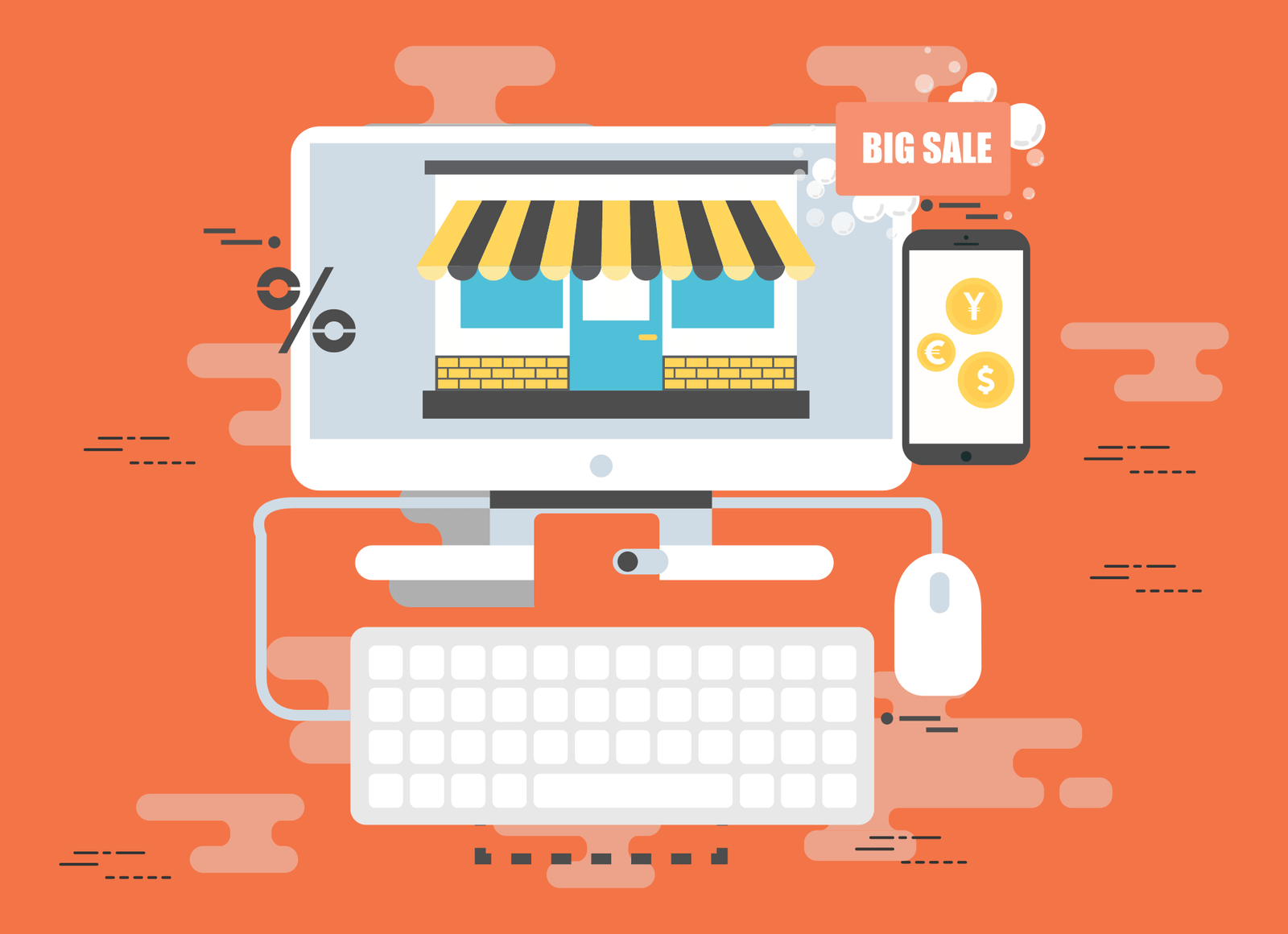Ecommerce SEO is the process of optimizing your online store to rank higher in search engine results, attract more organic traffic, and increase sales — without paid ads.
If your products aren’t showing up on Google, you’re missing out on thousands of potential customers.
✅ Why Ecommerce SEO Matters
- Increases organic (free) traffic to product and category pages
- Improves user experience and conversion rates
- Builds trust with search engines and customers
- Reduces dependency on paid ads
📈 Essential Ecommerce SEO Strategies
1. Keyword Research for Ecommerce
- Focus on buyer intent keywords like “buy,” “cheap,” “best,” or product-specific phrases
- Use tools like:
- Google Keyword Planner
- Ubersuggest
- Ahrefs
- SEMrush
2. Optimize Product Pages
- Unique product titles with keywords
- Keyword-rich product descriptions (no copy-paste!)
- Use optimized alt tags for product images
- Include FAQs and customer reviews
3. Create SEO-Friendly URLs
- Use short, readable, and keyword-focused URLs Example:
yourstore.com/men-running-shoes
4. Improve Site Architecture
- Use a clean category structure
- Make navigation easy for users and search engines
- Keep important pages within 3 clicks from the homepage
5. Optimize Category Pages
- Use keyword-rich H1 and meta tags
- Add intro text and featured products
- Use internal linking between product pages
6. Speed Up Your Website
- Compress images and enable lazy loading
- Use a CDN (Content Delivery Network)
- Test your site with Google PageSpeed Insights
7. Mobile Optimization
- Use responsive design
- Ensure fast mobile loading
- Make buttons and forms touch-friendly
8. Use Schema Markup
- Add structured data to products (price, availability, ratings)
- Helps show rich results in Google like stars and pricing
9. Build Backlinks
- Guest posting, product reviews, influencer collaborations
- Focus on getting links to category and product pages
10. Optimize for Technical SEO
- Submit XML sitemap
- Fix crawl errors
- Use canonical tags for similar product variations
- Avoid duplicate content issues
🛍️ Final Tip:
Great SEO = Better User Experience. Make your ecommerce store easy to find, fast to load, and simple to shop. Combine SEO with content marketing and user-focused design for long-term growth.

